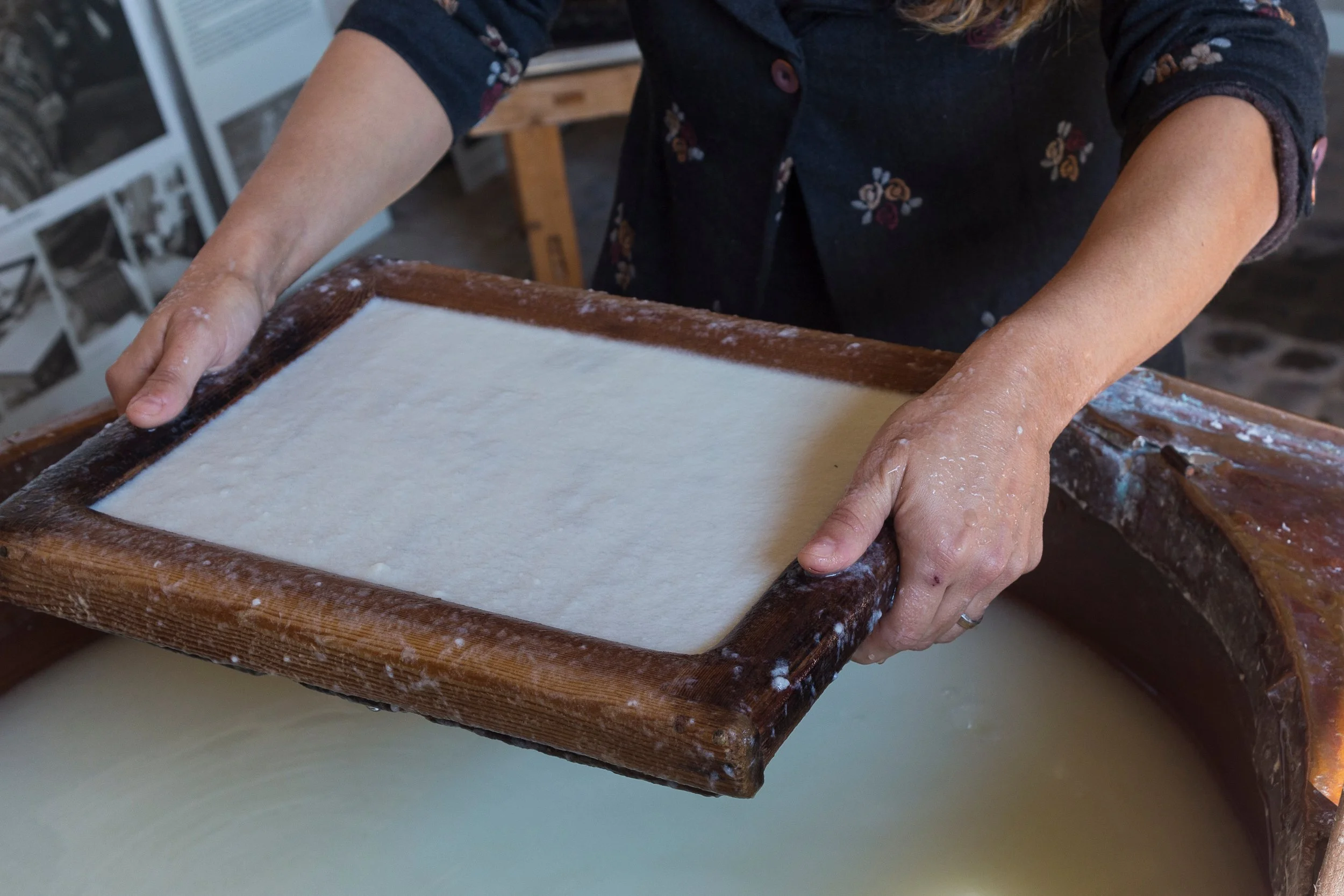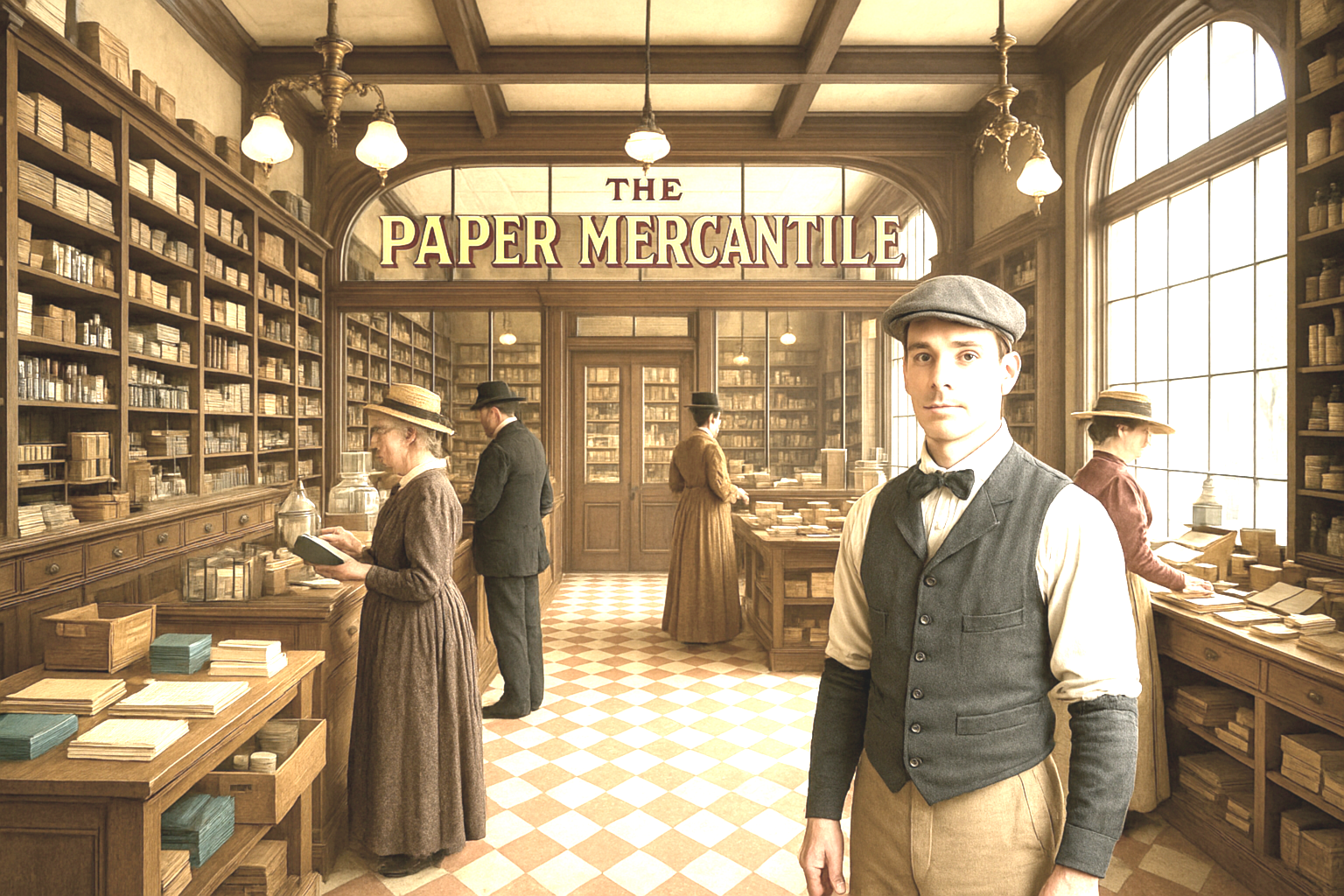Handmade Paper Goods
Letterpress & Bookbinding
Made Using 18thC Tools and Techniques

our Products
Handmade Rag, Botanical, Scented, Upcycled, and Marbled Papers.
available in 100% Cotton, 100% Linen, 70/30 Blend, Laid or Wove, in Various Sizes, Colors, and Weights
as well as Cards, Journals, Gift Tags, Wrapping Paper, Envelopes, Postcards and Stationery Sets.

Botanical Paper · Val de Loire ·
Botanical Paper · Val de Loire ·
our Handmade Botanical Papers, in text and cover weight. Four deckled edges, hand-pulled on a wove mould & deckle, made of 100% cotton, internally sized and buffered. Each sheet measures approximately 12” x 18”, and contains a mix of flowers which varies from sheet to sheet.
Flowers may include: mums, Sea Lavender, China Aster, Sweet William, Pincushion, Carnations, Hydrangeas, Peruvian Lily, And/or Yellow Bells.


The History Of Paper
Paper Has Served As The Medium For Human Communication And The Dissemination Of Knowledge For Over Two Millennia. From Its Origins In Ancient China, Through Its Journey Across The Islamic World And Into Europe, Paper Has Been The Silent Witness To The Unfolding Of Human History, Capturing Our Thoughts, Beliefs, And Artistic Expressions. Its Evolution, From The Early Handmade Sheets Of Papyrus And Parchment To The Modern Mechanized Production Of Diverse Paper Types, Reflects The Ingenuity And Cultural Exchanges That Have Shaped Civilizations.
Flax as a Raw Material
Flax, one of the oldest cultivated plants, has been utilized since ancient times, primarily for the production of linen, with the earliest known use of flax dating back to ancient Egypt around 5000 BCE. The Egyptians valued flax for its fibers, which they spun and wove into linen, which was highly desirable due to its durability, lightness, and ability to be dyed easily. As a result, it was used extensively in clothing, household items, and burial shrouds.
One of the lesser-known but significant uses of flax was in the paper industry. Rags, derived from worn-out linen textiles, were the primary raw material for high-quality paper production since the 8th century. Linen paper (rag paper) is prized for its strength, durability, and fine texture.
Rag paper remained the standard until the 19th century, when wood pulp began to replace rags as the primary raw material due to its lower cost and greater availability. But wood paper lacks the quality, feel, and durability of rag paper.
Today, we continue the tradition of creating fine handmade rag papers at Seattle Papermaker, by processing linen and cotton rags using old world techniques from the 17th and 18th century.
The Process















